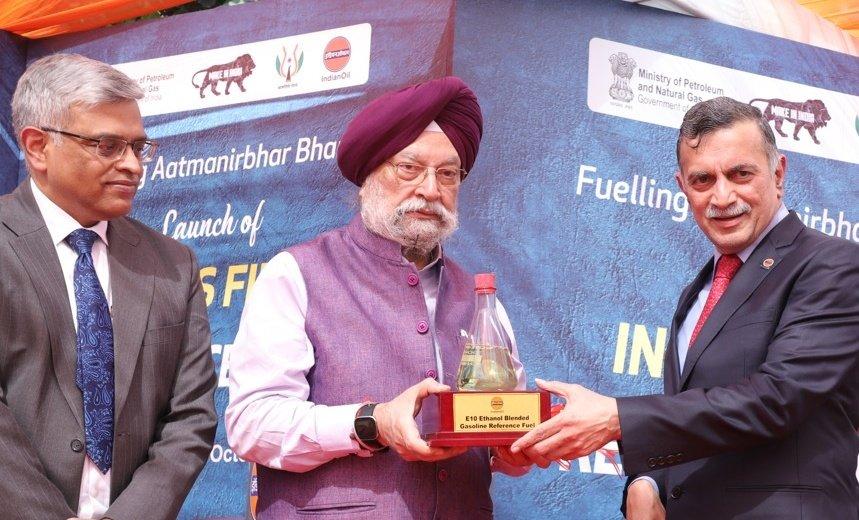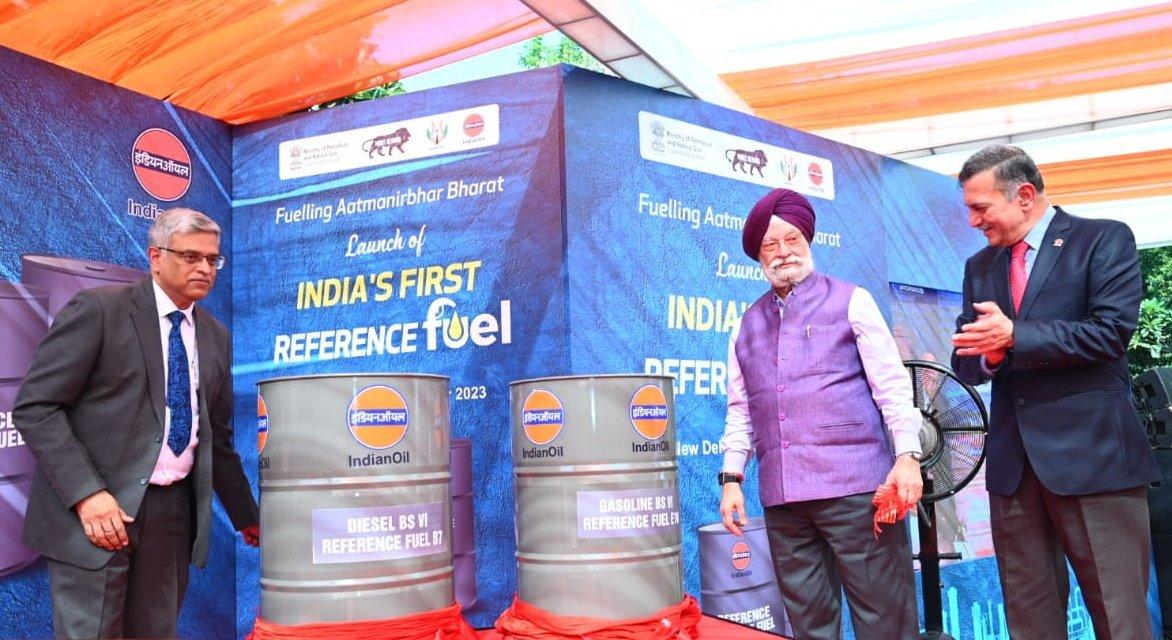India marked a significant milestone in its quest for self-reliance in the automotive sector by introducing the production of ‘reference‘ petrol and diesel. This development places India among a select group of nations capable of producing these highly specialized fuels, which are crucial for calibrating and testing vehicles.
The Importance of ‘Reference’ Fuel
These ‘reference’ fuels are distinct from regular and premium petrol and diesel, as they possess higher specifications, making them vital for calibrating and testing vehicles by manufacturers and agencies like the International Centre for Automotive Technology (ICAT) and the Automotive Research Association of India. For decades, India has heavily relied on imports to meet the demand for these specialized fuels, creating a dependence on foreign suppliers.
The Role of Indian Oil Corporation (IOC)
The Indian Oil Corporation (IOC) has played a crucial role in this achievement by developing indigenous products to replace imports. This not only ensures a reliable supply of ‘reference’ fuel but also substantially reduces costs for vehicle manufacturers and testing agencies. IOC’s Paradip refinery in Odisha will produce ‘reference’ grade petrol, while its Panipat unit in Haryana will produce high-quality diesel.

Understanding ‘Reference’ Fuel
The primary distinction between ‘reference’ fuel and regular or premium fuel lies in the octane number. While regular fuel typically has an octane number of 87, premium fuel boasts an octane number of 91. ‘Reference’ grade fuel, however, comes with an octane number of 97.
Octane Number
The octane number is a unit used to measure the ignition quality of petrol or diesel. When it comes to vehicle testing, the fuel must meet higher-grade specifications, encompassing factors such as Cetane number, flash point, viscosity, sulfur and water content, hydrogen purity, and acid number. These fuels are classified as ‘reference’ petrol and diesel, and they are primarily employed for emission testing in vehicles equipped with spark ignition engines.
Economic Advantages
Producing ‘reference’ fuel domestically offers a significant economic advantage. While the imported ‘reference’ fuel costs between Rs 800-850 per liter, its domestic production is expected to reduce costs to approximately Rs 450 per liter.
Export Potential
Following the fulfillment of domestic requirements, IOC plans to tap into the export market for ‘reference’ fuel, further strengthening India’s position as a reliable supplier in the global market.
Other Announcements
1.1Government’s Energy Security Strategy
Oil Minister Hardeep Singh Puri announced the government’s four-pronged energy security strategy aimed at making India ‘energy-independent’ by 2047. These strategies include diversification of energy supplies, expanding exploration and production capabilities, exploring alternative energy sources, and transitioning towards a gas-based economy, green hydrogen, and electric vehicles.
1.2Reducing Emissions
In line with the government’s commitment to reducing emissions, Puri announced the acceleration of the rollout of petrol mixed with 20 percent ethanol, moving the deadline to 2025 from the previous target of 2030. The achievement of a 12 percent ethanol mix this month indicates India’s determination to reach the 20 percent goal by the end of the 2025 calendar year. Already, 5,000 petrol pumps are selling 20 percent ethanol-blended petrol.



 Ashwini Vaishnaw Inaugurates India’s 5...
Ashwini Vaishnaw Inaugurates India’s 5...
 Vriksharopan Abhiyan 2024 Launch in Dhan...
Vriksharopan Abhiyan 2024 Launch in Dhan...
 India's Installed Nuclear Power Capacity...
India's Installed Nuclear Power Capacity...
